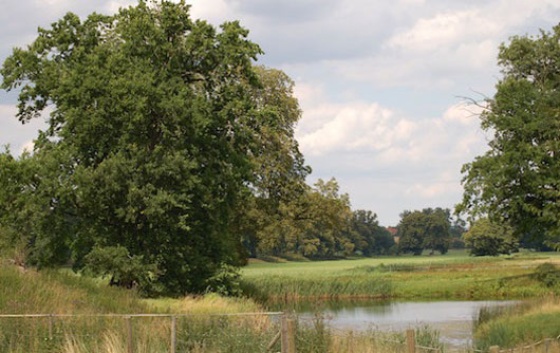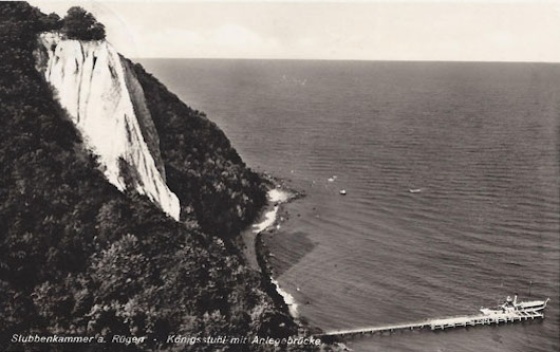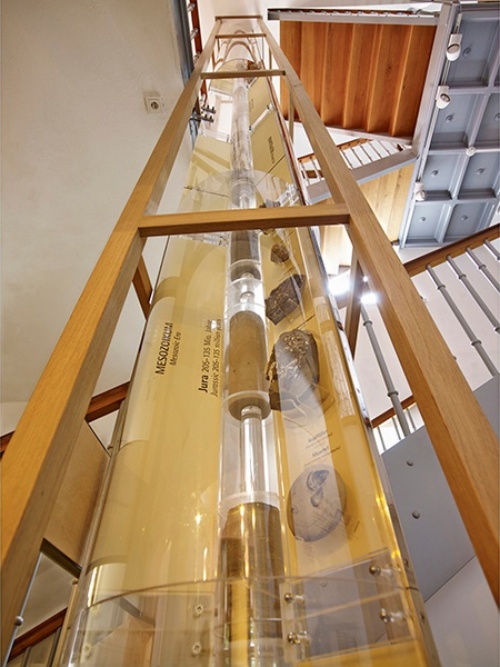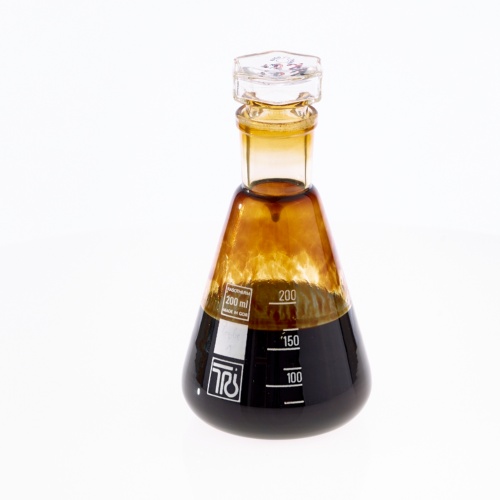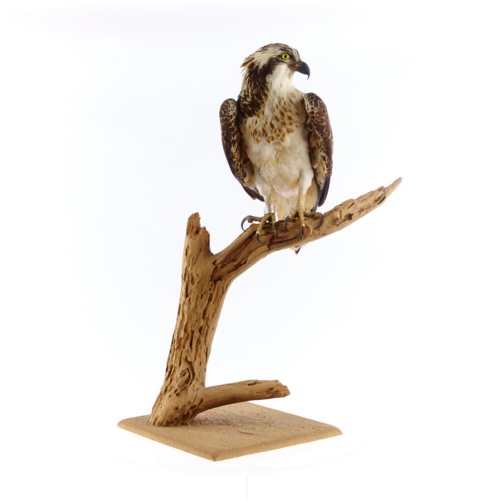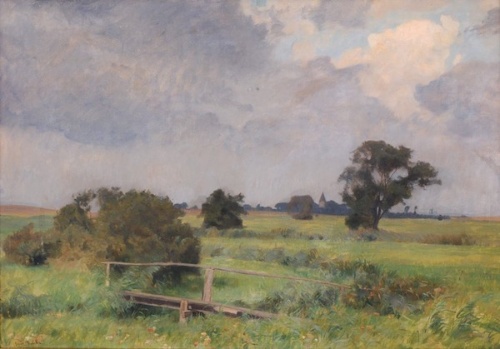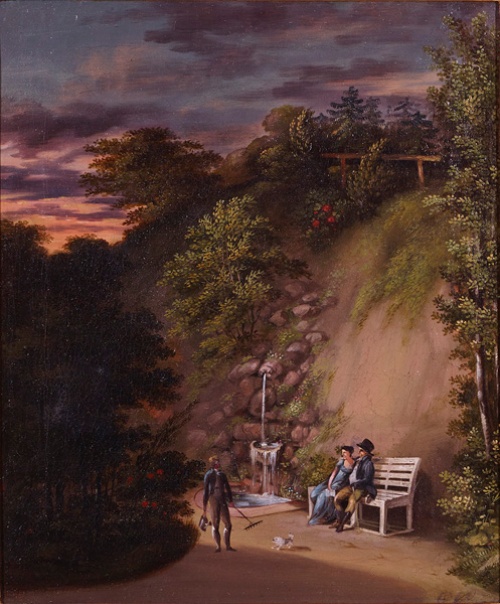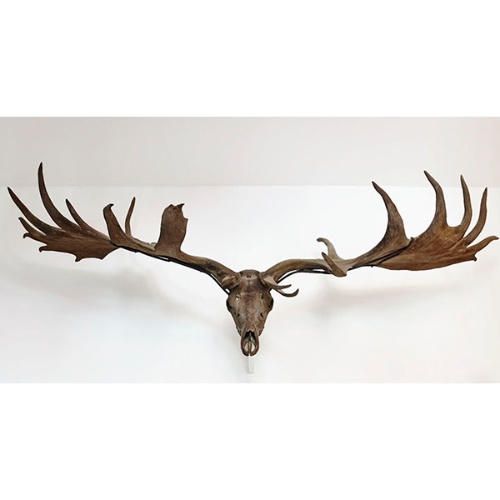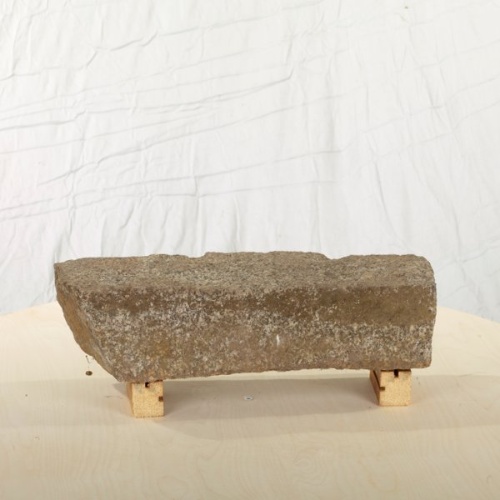With cliff coasts, hills, lakes, rivers and the “flat land” Mecklenburg-Western Pomerania is the result of the last ice age or glacial period. The Vistula Ice Age (ca. 115,000-ca. 10,200 years B.C.) created landscape forms in an almost model-like manner. The Pomeranian terminal moraine is the most prominent. This push moraine from the Pomeranian Stage (ca. 15,200 – ca. 14,800 years B.C.) crosses the country like a garland from northwest to southeast. After the retreat of the ice, cold steppes with pioneer plants such as crowberry and dwarf birch emerged. Ice Age mammals such as the mammoth, giant deer, reindeer and moose migrated. With increasing warming, forest communities grew. Pine and birch were followed by lime, oak and finally copper beech.
People have settled here since the Late Palaeolithic (10,000-8,000 B.C.). In the Neolithic Age (3,000-1,800 B.C.), people cleared land for arable farming. Further settlement and land use pushed back the forest. It was not until the 19th century, after overexploitation, that regulated forestry began. Reforestation creates monocultures – highly productive but fragile ecosystems with little biodiversity. In the 20th century, Mecklenburg also saw the emergence of a movement to preserve nature and the environment with demands for protecting endangered animals, plants and habitats. At the end of the century, a rethinking of forest management began. The forest habitat was upgraded by increasing the proportion of deciduous wood.
